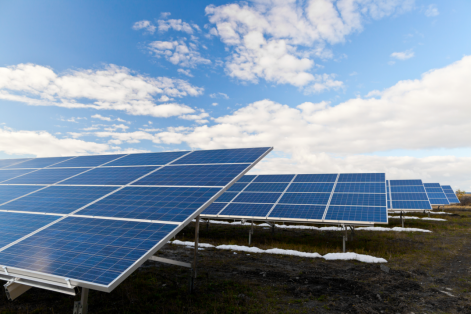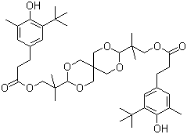Address:Room 906, building 6, SIIC Center, No.195 Hong Kong East Road, Laoshan District, Qingdao city, Shandong Province, China
E-mail:info@deltachem.net
Global energy is accelerating the transition to efficient, clean and sustainable direction, and the development of clean energy is also an important factor affecting the global economy and environment. Photovoltaic solar energy has the advantages of low-carbon, environmental protection and high efficiency.
vApplication of polymer materials in photovoltaic field
In photovoltaic field, polymer materials are mainly applied in encapsulation materials (also known as photovoltaic film) and photovoltaic cable.
Photovoltaic encapsulation materials mainly include EVA (ethylene vinyl acetate copolymer), POE (polyolefin), PVB (polyvinyl butyral) encapsulation film. Photovoltaic encapsulation film is placed in the glass and solar cells or backsheet of photovoltaic modules to encapsulate and protect solar cells and insulate them from air.
Photovoltaic cables are a class of special cables used in photovoltaic systems (or solar systems) that have excellent weather, temperature and abrasion resistance, as well as an exceptional service life. Cross-linked polyolefin is usually used as the insulation and sheathing material for PV cables.

vPhotovoltaic material aging factors
As the photovoltaic material is affected by light, heat, oxygen and moisture at the same time, its aging is caused by two factors: photo-oxidative aging and thermal-oxidative aging.
For example, aging reaction of EVA photovoltaic adhesive contains two stages: the side chain of acetic acid functional group deacetylation reaction, then the carbonyl functional group generate, this color group led to EVA yellowing; in the deacetylation reaction, product will generate acetic acid molecules, acetic acid will further erode the solar panels, thus the aging of EVA is catalyzed, resulting in a decline in the efficiency of photovoltaic cells, stability deterioration, until failure.
vSolutions to improve the weather resistance of photovoltaic materials
For ordinary cable materials, by adding OMNSITAB UVP, UV326, UV BP-3, UV531 and other conventional UV absorbers, and compounded with hindered phenolic antioxidants (such as AN1010), can meet most customer’s requirements and testing standards.
However, the using environment of solar energy systems is often very harsh, photovoltaic materials need to be exposed to high light, high temperature, high humidity, dust for a long time. To ensure the efficient operation of solar systems, photovoltaic materials are usually required to have a service life of 20-30 years, which places higher requests on its UV resistance and weathering resistance. So, how to improve the weather resistance of photovoltaic materials?
UV absorbers:
OMNISTAB® UV312
Chemical structure:

OMNISTAB® UV312 is an oxalylaniline UV absorber with excellent migration resistance and thermal stability, it has good compatibility with photovoltaic materials. Moreover, UV312 absorbs efficiently in the 275-340 nm band, which is the most sensitive band for C-C and C-H bonds in most photovoltaic materials, so UV312 helps to block the occurrence of photo-aging. In addition, UV312 has low chromaticity and high light transmission in the visible band, which will significantly reduce the loss of sunlight generated when passing through the adhesive film and avoid the decrease of light quantity, enhancing the overall efficiency of photovoltaic devices.
Hindered amine light stabilizer (HALS)
OMNISTAB® LS944 and OMNISTAB® LSB783 are widely used in the photovoltaic field. When these are used in combination with OMNISTAB UV312, synergistic effect will be obtained.
Antioxidant
OMNISTAB® AO-80
Chemical structure:

OMNISTAB® AO-80 is a high molecular weight asymmetric hindered phenolic antioxidant for polyolefins and most elastomers, which has low volatility and excellent NOx coloration resistance. Studies show that AO-80 has excellent extraction and migration resistance in photovoltaic materials, which contributes to the long-lasting effect of anti-aging and extends service life. Additionally, the effect of OMNISTAB® AO-80 in combination with thioester auxiliary antioxidants is better than that of conventional hindered phenolic(AN1010) in combination with thioester.
If you are interested in above additives, welcome to contact our sales staff. Sincerely looking forward to your inquiry!